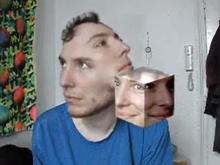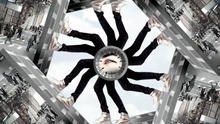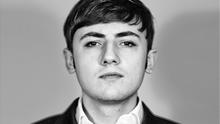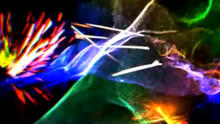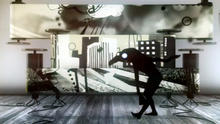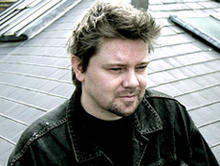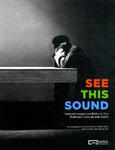.net: What’s the process you go through when you create something like Cycles?
Cyriak Harris: I’d had the idea for Cycles a few years ago. It’s a recurring theme of mine to take a basic piece of video footage and mess about with it to the point of insanity. I also had a teddy bear that I’d created for some other project who wanted to star in his own film. Added to this was a new video camera I wanted to test out, and a song I had made that needed some visuals – so with all these ingredients the film more or less made itself. I don’t usually even storyboard my animations – I start with a vague version of the finished film in my head, and spend the next few weeks throwing the elements together until they do what I want. The results aren’t always predictable, but usually interesting.
Source: antima55
My favourite is what appears to be Cyriak's most recent work, the brilliant Cycles, for which he deserves some sort of Bafta. Put aside what you're doing and watch it now. It's most effective if you put the music (by Cyriak) at full volume.
So often, things described as zany or surreal aren't funny – but this gets massive laughs from me, like the opening title sequence to the best-ever TV kids' show that you can't actually remember having seen and that no-one would never allow on the air anyway. No matter how many times I watch it, I keep forgetting to keep an eye on the apparently real background people walking on the beach, and trying to spot the various moments where Cyriak is tinkering with their reality. It's sort of Terry Gilliam meets Banksy meets MC Escher.
Source: The Guardian

